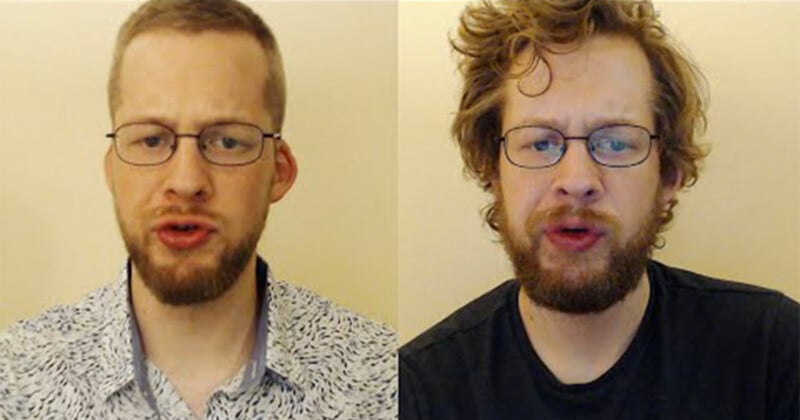Video Creator Makes The ‘World’s First Talking Timelapse’
A video creator has claimed to have made the world’s first talking timelapse. Shot over almost a year, the man can be seen speaking a sentence while his hair grows longer
The anonymous creator known only as “Lotrfan” made the impressive video filmed over 285 days and synced up his mouth speaking using editing software.
“I took a photo of myself every day for 285 days and lined them up with a pre-existing video of me talking,” he explains in the YouTube description.
“Hey guys, I have developed a medical condition which causes my hair to grow extremely fast. Like and subscribe,” he says in the timelapse video.
“And for the love of god this is excruciatingly painful,” he adds.

At the end of his YouTube video, the man explains how he made the talking timelapse.
“This was achieved by taking the source footage and breaking it into individual images,” the Lord of the Rings fan explains.
“Then using a transparency program on Windows, Glass2k, to make my webcam app transparent allowed me to line up the shot with the corresponding frame from the source image.”
He posted it to Reddit where it got a warm reception. “This is really cool, nice work!” Writes one Redditor.
“This is amazing and I love the face you added in a mini how-to at the end. As a video producer at a school I wish I could come up with something this cool.”
Lotrfan joked that he started the project after his barber increased the cost of a haircut from $20 to $35 and “I was thinking of alternatives.”
How to Make a Timelapse Video
In PetaPixel’s guide, Alexander J.E. Bradley explains that a video is made up from 25 single photos per second, and when placed back-to-back, it tricks our mind into seeing motion.
But when we take one photo every minute and then play it back at 25 frames per second it results in a magnificent hyper-realistic compression of time.
Of course, Lotrfan took a photo every day and then compressed 285 frames into just nine seconds — making time pass even faster.